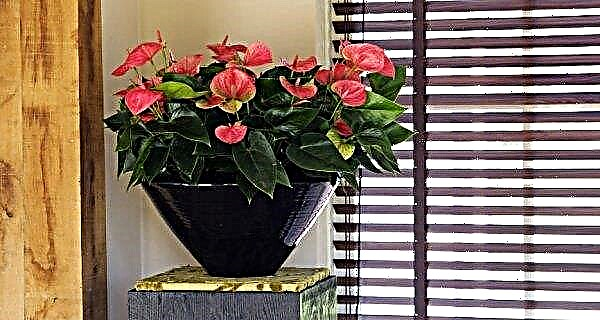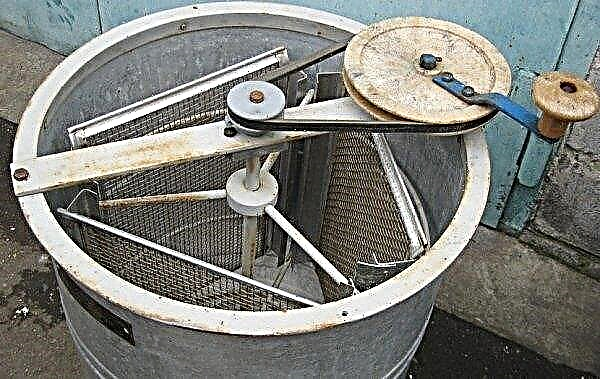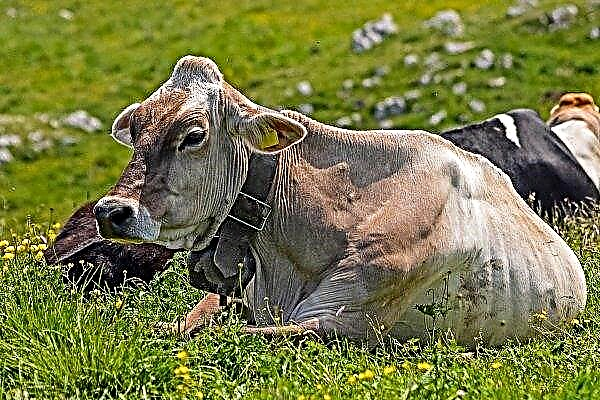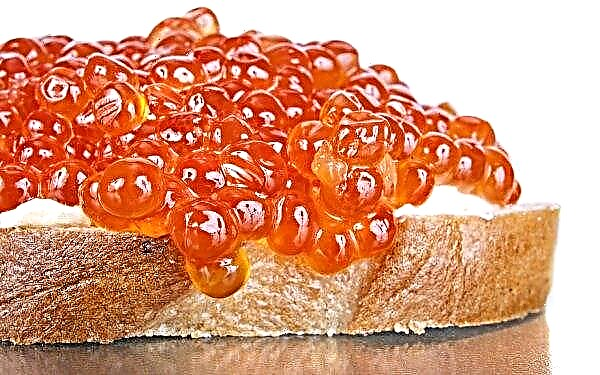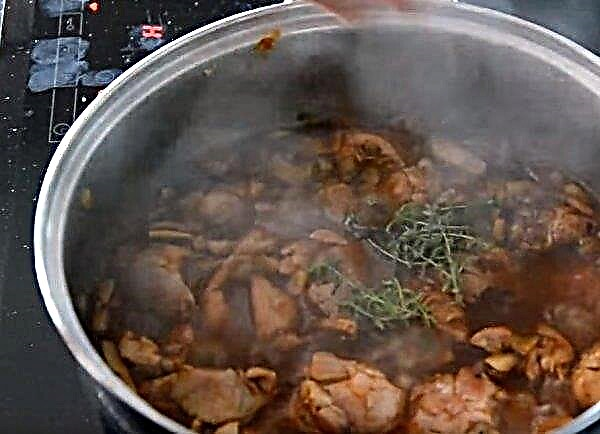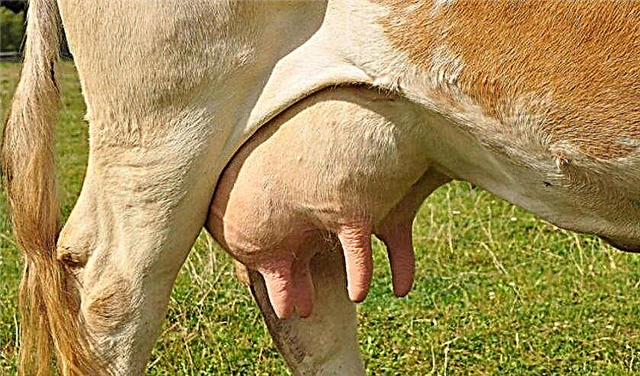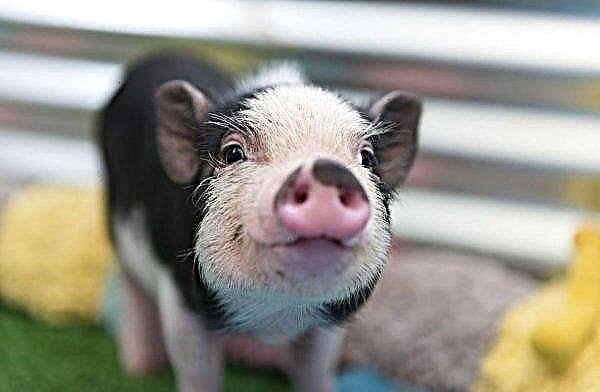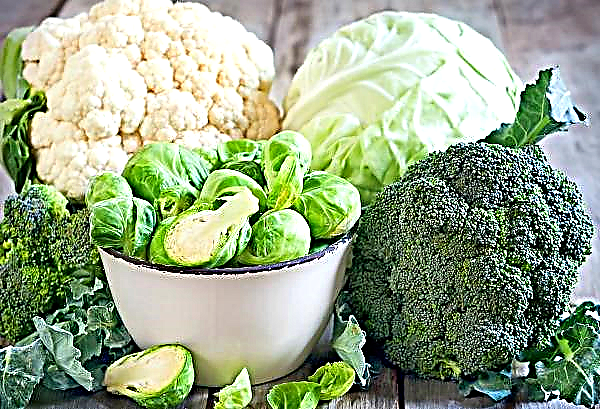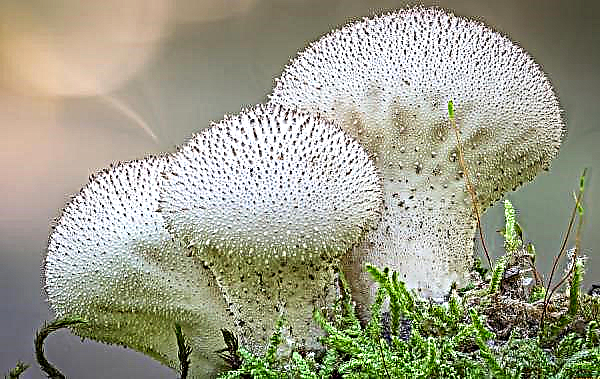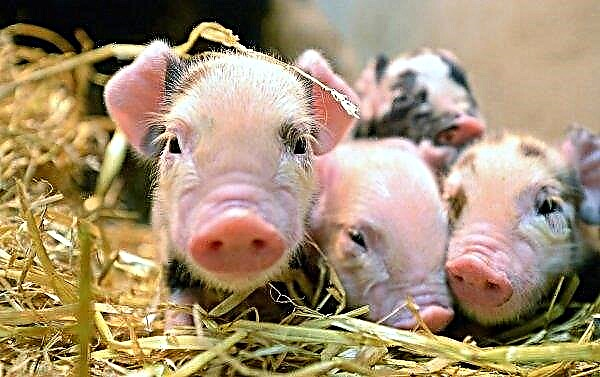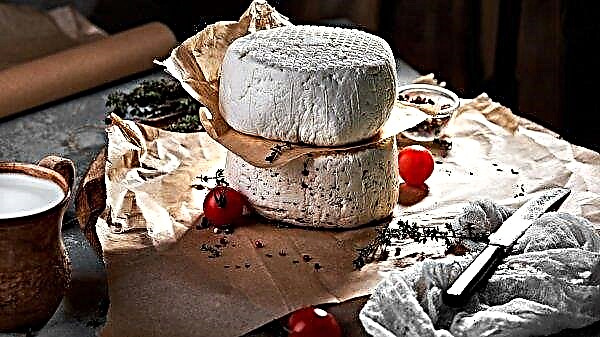Each gardener is aware that in order to avoid the development of diseases and the transmission of pests, as well as to obtain good yields, related plant species should not be planted in the same place from year to year. Therefore, when planting any culture, one should listen to recommendations regarding its optimal predecessors. What plants can and cannot be planted the next year after the harvest of peas, you will learn from this article.
Basic crop rotation rules
Crop rotation implies that every 2 years it is necessary to change crops grown on the same bed. For example, if in this and previous years potatoes grow in a certain area of the garden, then next year it is necessary to plant beets, carrots, onions, for example.
Recommendations for alternating garden plantings were developed by scientists with several goals:Did you know? In 2004-2005, as part of an experiment conducted by the Institute of Biological Sciences of the Russian Academy of Sciences, several species of peas were grown in zero gravity.
- Prevention of accumulation of pests and pathogens. That is, if you alternate plants that are affected by different types of parasites, then the insects that overwintered in the soil will have nothing to eat. Thus, their mass reproduction can be prevented.
- Prevent the accumulation of toxins. In some plants, with frequent planting in one area, lower yields are observed, since they react sensitively to toxins, which they themselves leave in the soil when grown.
- Reduced nutrient consumption. Each plant requires certain micro and macro elements for normal growth and development. If you plant the same crop or related vegetation for many years, the soil will be depleted and will not be able to fully supply the nutrition that is needed.

As a result, the following crop rotation rules were developed:
- Do not plant annually on the same plot of the same plant or related crop.
- Do not plant year after year vegetables that have the same diseases and pests.
- It is possible to return the plant to the same place, but not earlier than after 3 years, and better - after 4-5.
- When planting, pay attention to the exactingness of plants for nutrition.
- After plants with a superficial root system, those that have deep roots should be planted.
Did you know? Legumes are sometimes called "plant meat" because they contain the protein necessary for the body and are part of the diet of people who refuse animal food. In 100 g of peas there is the most protein among all legumes.
Features of peas in crop rotation
Based on the above rules, we’ll try to figure out what place peas occupy in a crop rotation.
Peas belong to the legume family. It is susceptible to clogged areas and diseases, in particular to ascochitosis, downy mildew, rust, root rot, affected by tuberous weevils, pea weevil, pea moth, aphid. Thus, this representative of legumes should be planted only in weed-free areas where fertilizers are applied, after and before crops that are affected by the same diseases and affected by the same insects.

Pea itself enriches the earth with nitrogen - after planting it on a plot of 1 m² about 100 g of mineral nitrogen remains. Therefore, after it you need to plant plants that really need this element. It is placed between non-legumes as siderate to increase soil fertility and plant productivity.
Harvest peas about a month before planting crops. Therefore, it is considered as a steaming culture.
You can plant this bean several times a year: in spring, in July and in August.
Important! The increase in yield in winter wheat when planted after peas is several times higher than when planted after other crops.
Pea precursors
This crop is good to plant after the vegetation, the cultivation of which can lead to an effective weed control, and which allows you to save moisture in the soil.
According to crop rotation guidelines, peas are best cultivated after such plants:
- different types of cabbage;
- early potatoes;
- cucumbers
- zucchini;
- squash;
- Pumpkins
- spring;
- winter crops;
- wild strawberries;
- strawberries.
 Bad predecessors are:
Bad predecessors are:
- sunflower;
- buckwheat;
- millet;
- perennial herbs;
- legumes.
Learn also about peas.
What crops can be planted after peas
After the representative of the legume family that we are considering, the recommended planting of such plants:
- eggplant;
- Bell pepper;
- Tomatoes
- cucumbers
- cabbage;
- pumpkin;
- carrot;
- beet;
- bow;
- celery;
- potatoes;
- winter crops.
Important! In order to monitor the rotation of cultures in a summer cottage, you need to create a special notebook in which to write where and when certain cultures grew.
What can not be planted
Peas cannot be alternated with:
- legumes;
- alfalfa;
- lupine;
- perennials.

What is better to plant next door
The bean considered by us can be planted both separately and in row-spacings, next to other plants.
The best neighbors for him are:- cucumbers
- mustard;
- potatoes;
- radish;
- radish;
- turnip;
- corn;
- pumpkin;
- spinach;
- basil;
- borage;
- oregano;
- rosemary;
- yarrow.

There are plants, the neighborhood with which will negatively affect either the pea itself or the neighboring culture.
So, peas should not be placed in the garden in the immediate vicinity of:
- legumes;
- onions;
- garlic
- Tomatoes
- rutabaga;
- marigolds;
- wormwood.
Thus, to prevent the development of diseases and the spread of pests, depletion of the soil and to achieve high yields when planting garden crops, it is necessary to adhere to a certain sequence.Important! It is necessary to place plantings of legumes from peas at a distance of not less than 0.5 km. It is at this distance that weevils and aphids cannot reach.
Pea plays an important role in crop rotation - it is considered one of the best non-leguminous predecessors. Its root system positively affects the physical and chemical properties of the soil, which helps many other plants grow and develop well.

